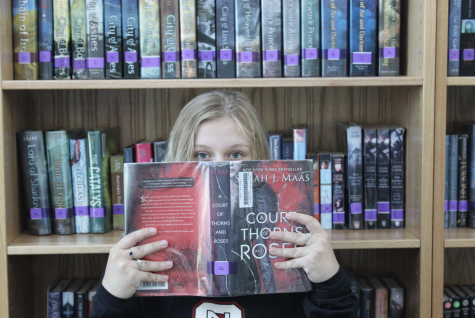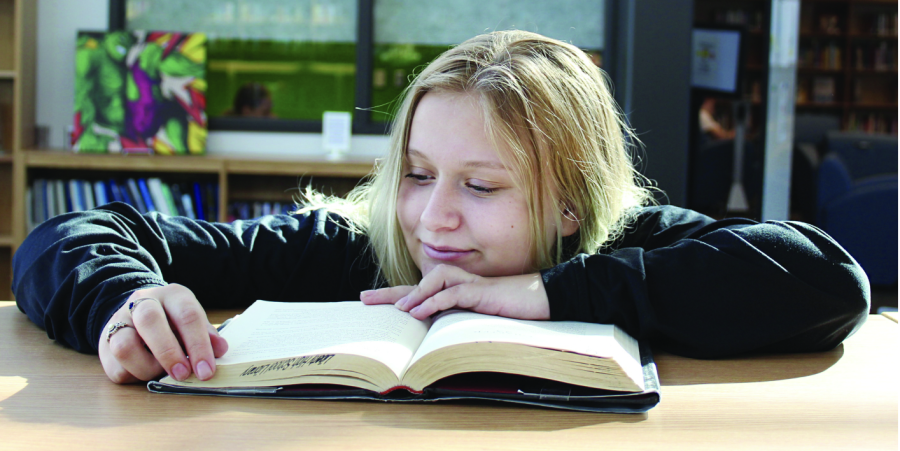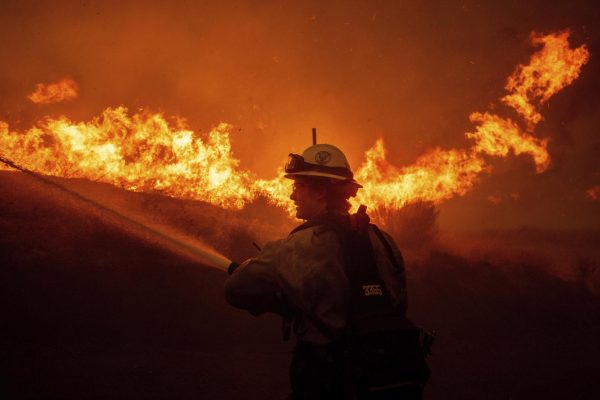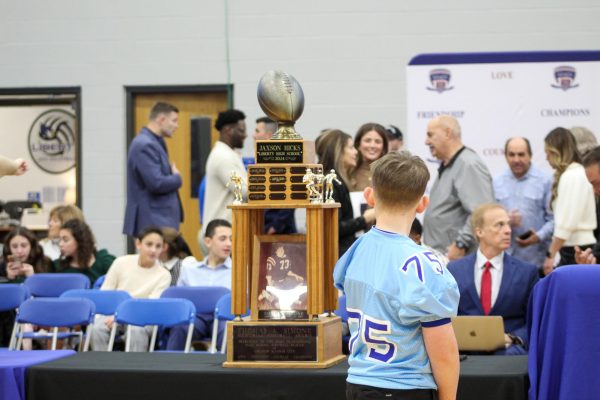Muted Voices
The banning and challenging of books from libraries affects consumers, views of reality.
Across the world, individuals are banning the consumption of literature because of conflicting beliefs. According to The First Amendment Encyclopedia, Banned books are pieces of literature deemed inappropriate, evil, graphic or offensive and be forcefully taken down. These books only are removed from the public’s hands if certain groups find the material inside, including but not limited to, LGBTQ+ matters, race, sexual situations and anti-police.
“A law banning books with explicit or sexually inappropriate images in Missouri schools went into effect Sunday. Senate Bill 775 prohibits teachers from providing “explicit sexual materials” to students,” stated abc17 News.
Since 1982, there has been a week set in place to acknowledge the rising number of challenged books. Banned books week celebrates the freedom of literature and expression. Books such as The Bluest Eye, Gender Queer, All Boys aren’t Blue and The Hate You Give are a few of the many challenged books in the last.
“Everybody has the right to choose what they want to read, and if it is something that they don’t like, agree with, or are uncomfortable with, don’t check it out,” librarian Lori Riedel said.

Challenging or banning books takes place within and outside of schools across the country. If parents, administrative members or even students see a book they deem inappropriate or damaging, they may challenge its contents. In order to get the book banned, the individual(s) must read the entire book and fill out a form explaining why it’s being challenged. Though challenges happen frequently, rarely do the forms get officially recognized.
“The association’s report documents 681 attempts to ban or restrict access to 1,651 different books in schools between Jan. 1 and Aug. 31 of this year. In 2021, the association tracked 729 efforts to ban or restrict access to 1,597 books — which at the time represented the highest tally of attempted book bans in one year since the association began studying the issue two decades ago,” stated Washington Post.
According to U.S. News, With more and more content taken off the shelves, those identified with certain representation in books won’t be able to see themselves in literature. Reading and experimenting with different forms of writing allows people to think critically on certain topics and decipher their beliefs.
Banning or challenging books because of its contents disrupts people’s view of reality, creating a picture-perfect world that revolve around a certain belief or thought. By only allowing books that revolve around a certain ideology, individuals can get a false impression of life.
“As a teenager, I am still trying to find my way in this world; I want to know as many other viewpoints as possible, so that I know my thoughts are my own and not just a product of a limited amount of information,” New York Times said.






